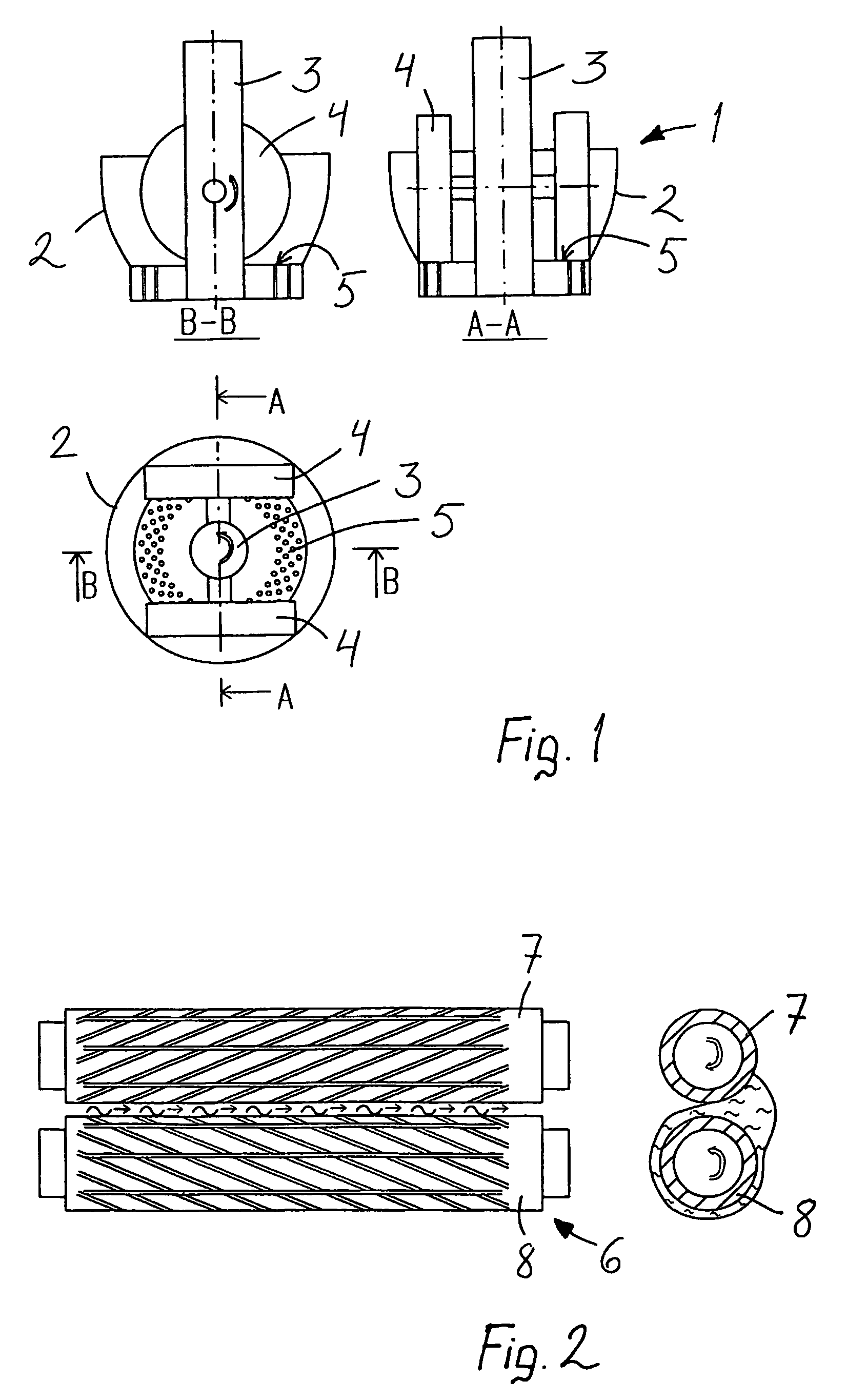Method for manufacturing cellulose carbamate
a technology of cellulose carbamate and cellulose, which is applied in the preparation of sugar derivatives, sugar derivates, sugar derivatives, etc., can solve the problems of carbon disulphide decomposition to hydrogen sulphide, inflammability and combustion, and toxic dissolution disulphide, etc., to achieve the effect of reducing the quantity of material to be circulated in the wash, reducing the amount of chemicals, and improving the quality of cellulose carbama
- Summary
- Abstract
- Description
- Claims
- Application Information
AI Technical Summary
Benefits of technology
Problems solved by technology
Method used
Image
Examples
examples 1 to 15
[0041]In Examples 1 to 7, three different pulp types were used with various NaOH quantities and urea contents. The mechanical working was carried out by means of a sieve plate press with several runs through.
[0042]The dosage of chemicals is carried out in a fluidized bed type mixer in such a way that during the dosage, the pulp is moving all the time and the chemicals are added in atomized form to achieve as high a homogeneity as possible. Both of the chemicals (alkalizing agent and urea) are dozed separately one after the other. The urea is dosed in an aqueous solution in such a way that the total moisture content remains as shown in the table. NaOH is dosed in an aqueous solution. The cellulose is finely ground wood pulp.
[0043]The sieve plate working is carried out with a continuously operating sieve plate device, in which the feeding is performed by a double-screw feeder. The feed rate is selected so that no material will be accumulated in front, on top or on the sides of the whe...
PUM
| Property | Measurement | Unit |
|---|---|---|
| grain size | aaaaa | aaaaa |
| grain size | aaaaa | aaaaa |
| grain size | aaaaa | aaaaa |
Abstract
Description
Claims
Application Information
 Login to View More
Login to View More - R&D
- Intellectual Property
- Life Sciences
- Materials
- Tech Scout
- Unparalleled Data Quality
- Higher Quality Content
- 60% Fewer Hallucinations
Browse by: Latest US Patents, China's latest patents, Technical Efficacy Thesaurus, Application Domain, Technology Topic, Popular Technical Reports.
© 2025 PatSnap. All rights reserved.Legal|Privacy policy|Modern Slavery Act Transparency Statement|Sitemap|About US| Contact US: help@patsnap.com

